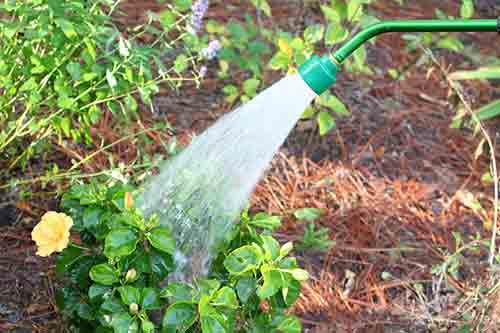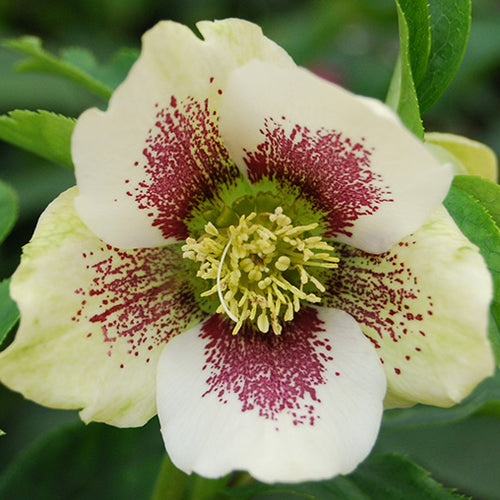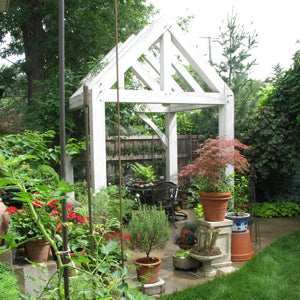
By Doug Jimerson
No Southern garden is complete without a generous helping of gardenias. These classic plants will perfume your garden
all summer long with their delicious, sweet fragrance. And, even when not in bloom, gardenias sport shiny, bright,
evergreen leaves that look great in every season. Gardenias are also able to withstand the brutal summer heat and
humidity of a typical southern summer. Most are hardy outdoors from zones 8-11.
Choose Shrub or Tree Forms
Because gardenias
come in both shrub and tree forms they can be used a variety of ways in your landscape. Try three or more as a
low, dense hedge along a fence or walkway. Or, mix in just a few here and there in an existing shrub border. Tree
forms are especially wonderful when grown in containers with a carpet of colorful annuals planted below.Perfect for Patios
If you live in a cold-winter area, you can enjoy the beauty and fragrance of gardenias in pots on your patio, porch, or deck. They grow beautifully by themselves or with tropicals such as hibiscus, mandevilla, and jasmine.
Soil and Siting
you use them, remember that gardenias can be particular when it comes to their
personal needs. They prefer a rich, slightly acidic soil (similar to camellias, azaleas, and rhododendrons) and a sunny spot that’s protected
from extremely high temperatures during the hottest part of the day. For best results, plant gardenias on the north
or east sides of your home so they receive full sun in the earliest (and coolest) part of the day. They also like
good air circulation so try not to crowd them close together.

Mulch for Moisture
Gardenias can get thirsty so it’s a good idea to mulch them with several
inches of pine straw or shredded bark to help maintain consistent soil moisture. During dry spells make sure your
gardenias receive at least one inch of moisture per week. If a gardenia doesn’t get enough moisture or sunlight the
flower buds may not open or might fall off before they flower.Learn more about mulch.
How to Plant
Planting gardenias easy. Simply dig a hole twice as wide and deep as the pot the
plant is currently growing in. Then, backfill with the removed soil until the plant is just slightly higher than the
level of its surroundings (gardenias like to be planted slightly higher to facilitate drainage around their base).
Then, water the plant thoroughly and add mulch. That’s all there is to it!
Give a Snack
Once established, apply a slow-release fertilizer designed for acid-loving plants
in mid-spring and midsummer. Pruning is rarely necessary, but if you decide to trim your plants, do it right after
the flowers fade. If weeds pop up around your gardenias, pull them by hand. Gardenias have shallow roots and you can
harm them if you hack away at the weeds with a hoe or spade.Get tips for keeping your yard free of weeds.
















